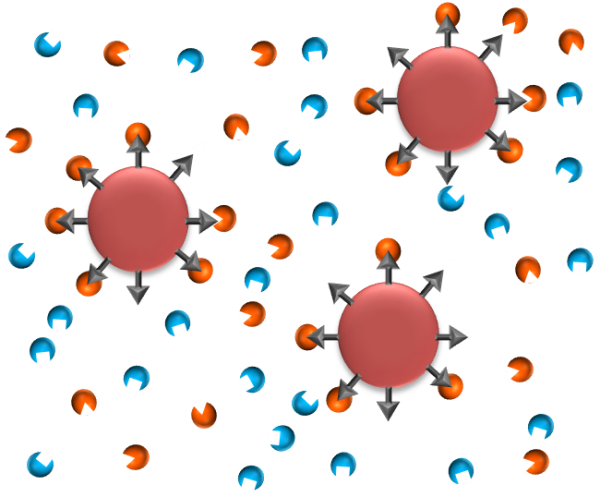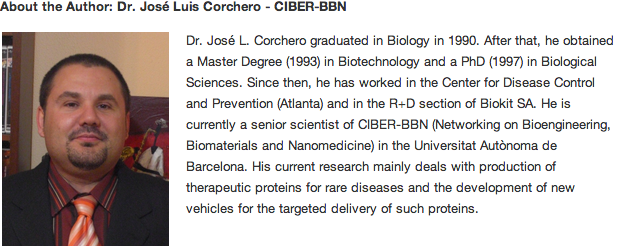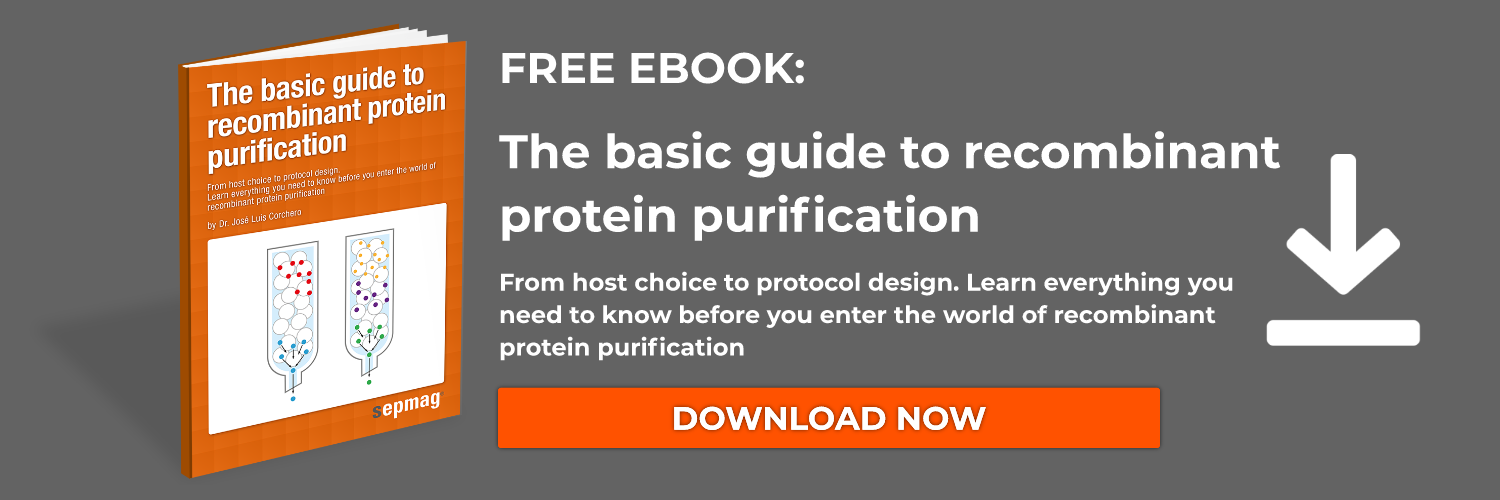The purification of recombinant proteins is a long and complex process, as our protein purification handbook proves, and is influenced by a multitude of variables. As has already been mentioned, the nature of the protein itself, its properties and the characteristics of the host producer will greatly influence the design and development of this procedure. There are also very few available techniques, although it is very well known that the preferred one is affinity chromatography.

This post is an excerpt from our protein purification handbook, which explains the basics of recombinant protein purification. Download The Basic Guide to Recombinant Protein Purification here:
On the other hand, there is a need to consider the characteristics of the protein that we are working with. A protein that is very sensitive to the changes in the environment will be easily affected by, for example, the changes in temperature or pH, or by the presence of proteases. This will directly affect the way we work, which will need to be done more carefully, always keeping the temperature at low levels and applying protease inhibitors. However, there are less liable proteins that are affected to a lesser degree by these changes in the environment, so working with them will be more comfortable and permissive.
Obviously, the isolation of the recombinant protein is the main goal of the purification. The separation of the protein from the molecules in its environment, mainly produced naturally by the host organism, assures us that we will obtain a pure extract that can be used in most applications. However, in most cases this is impossible to achieve and therefore we work with purity degrees (a percentage that represents the molecule of interest in relation to the total sample).
Optimizing the purification method of choice
In any case, the selected purification method has to be optimized in order to achieve fast, cost-efficient protocols. When we can use highly efficient methods, such as affinity chromatography, we can successfully eliminate almost all of the contaminants, and achieve a high level of purity. However, other times we have to use several types of chromatography, which tend to be less cost-effective.
Additionally, the chosen method needs to present the highest possible capacity and specificity for the recombinant protein. In other words, we need to look for a technique that is capable of binding as many recombinant proteins as possible, while at the same time excluding as many contaminants as possible. As already discussed, in the capture we need to focus on obtaining a strong and fast selection, without seeking to achieve a completely pure extract at the end of the process.
Did you find this post interesting? You can check this related post in order to learn more about protein purification:





